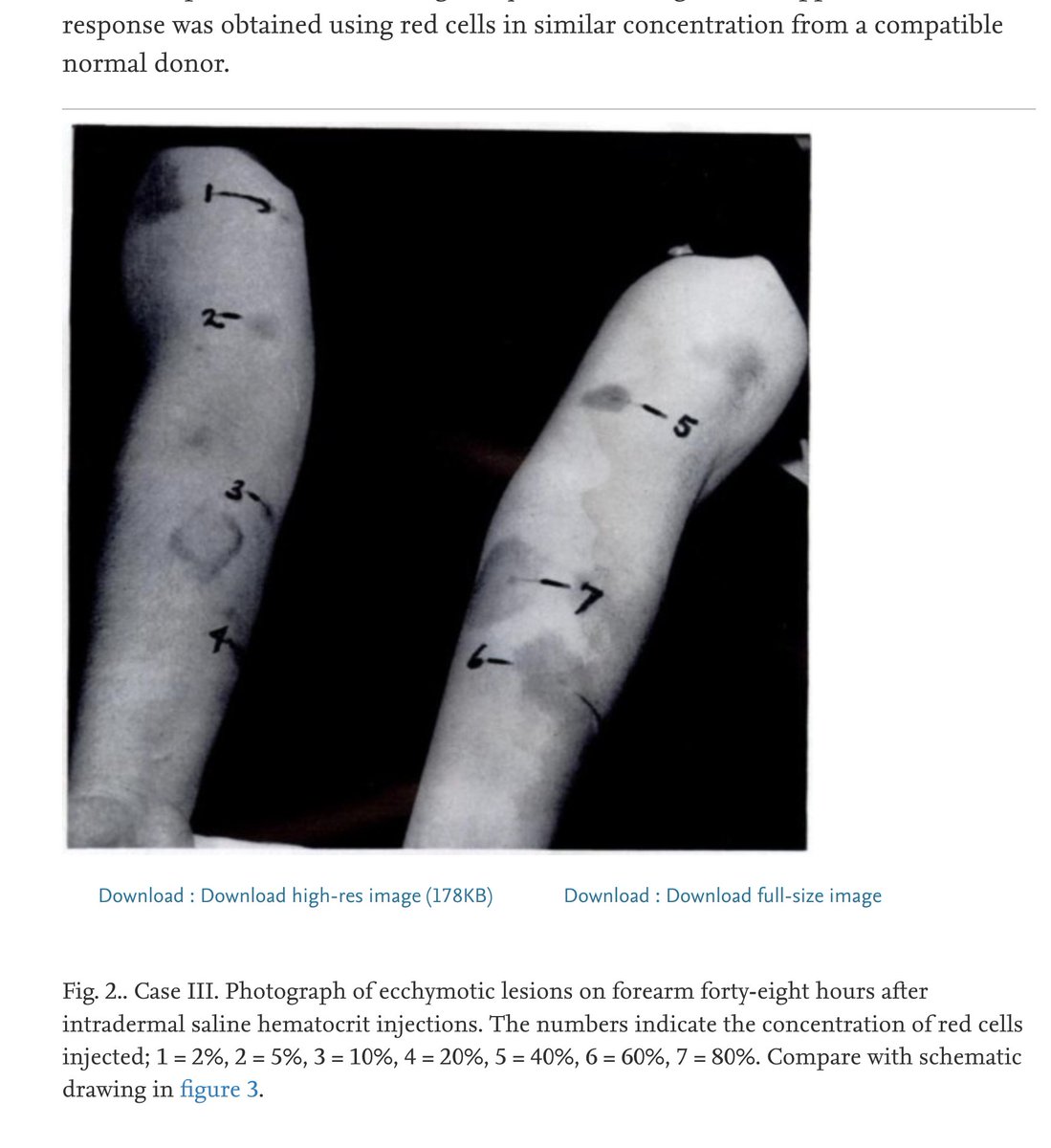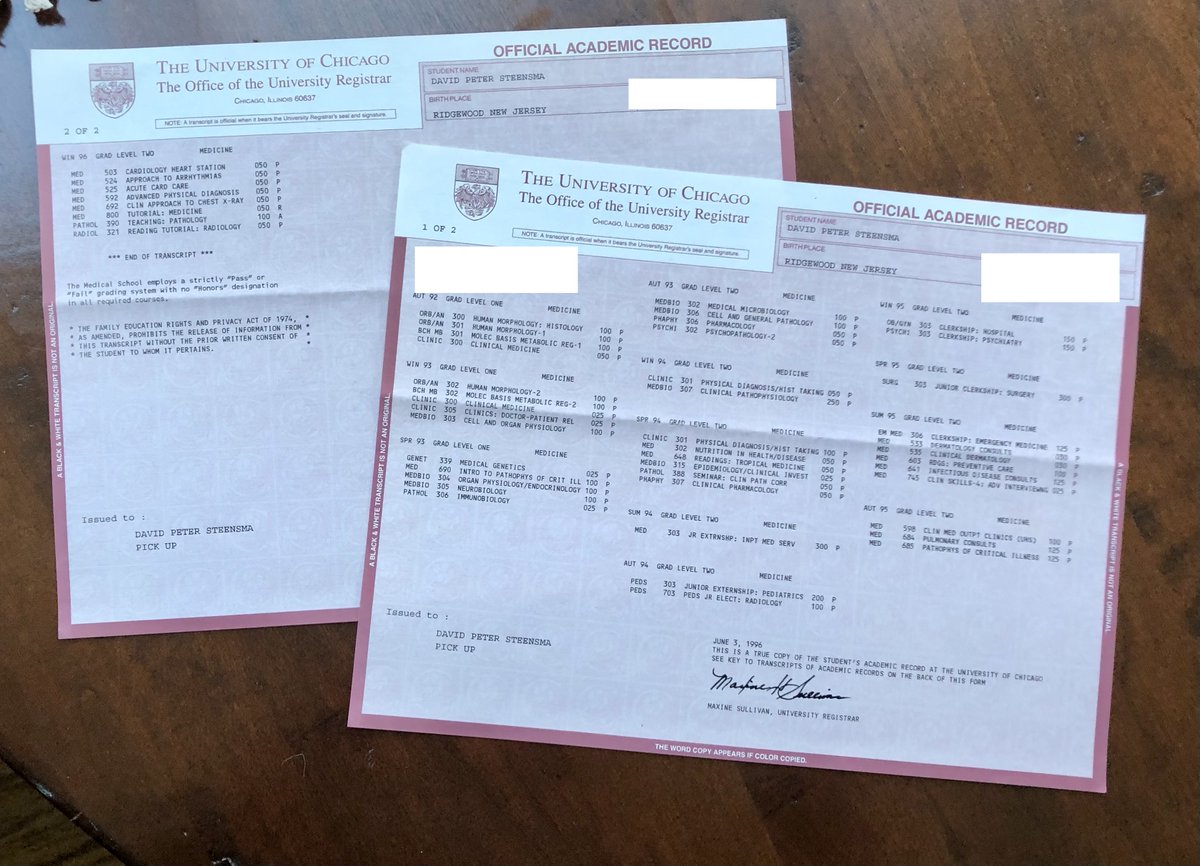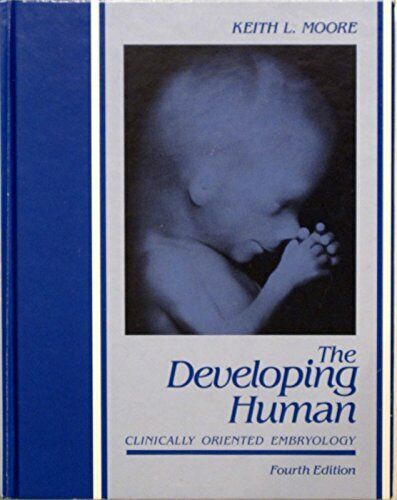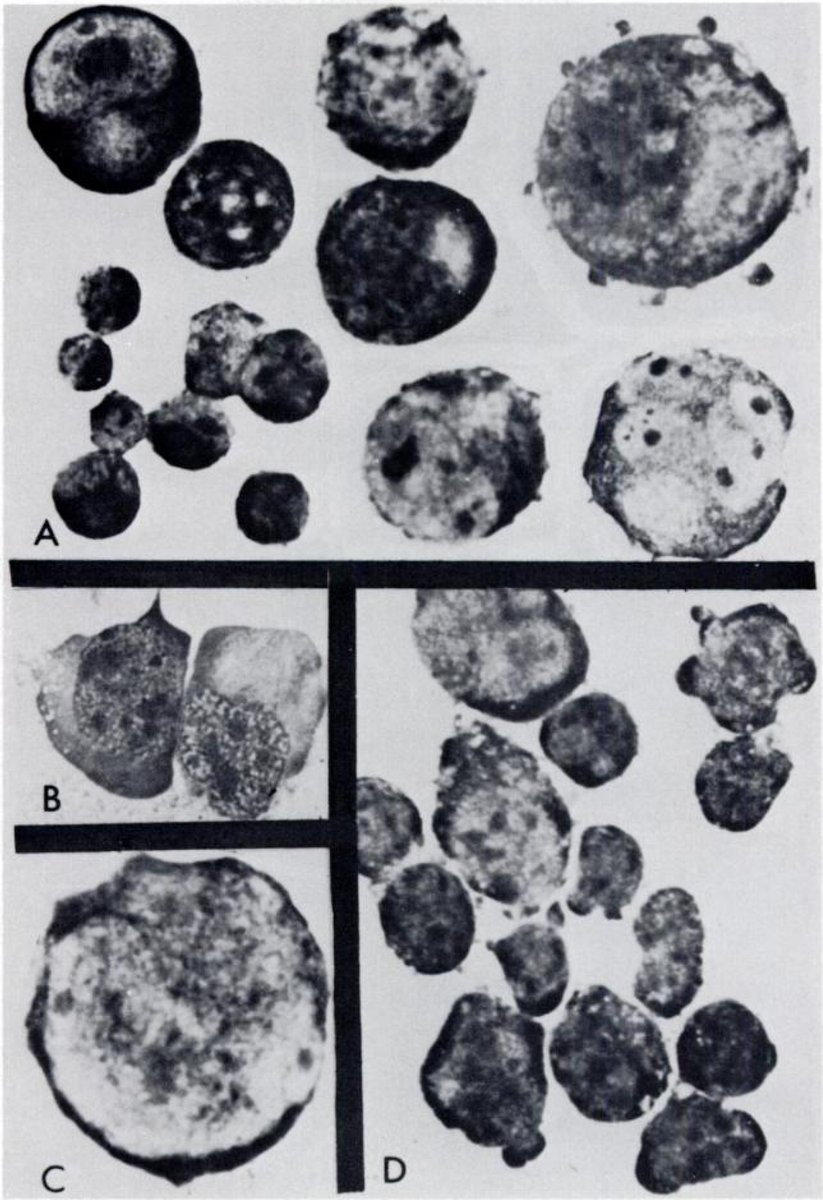
I’ve never posted a @tiktok_us link before, but this is a rare opportunity to observe one of the most poorly understood disorders in #hematology: Gardner-Diamond syndrome. This young woman's skin lesions first appear about 40 seconds in./1 #MedTwitter tiktok.com/@nancy.xoxx/vi…
The syndrome was described by Drs. Frank Gardner (1919-2013) and Louis K. Diamond (1902-1999) in Boston in 1955, in @BloodJournal. They reported 4 cases, all women, who had a peculiar form of bruising on face or extremities but had no other bleeding & normal coagulation tests./2 



The key finding in Gardner-Diamond syndrome: unexplained painful bruises, most commonly on extremities or face, often during times of stress. The pathophysiology is unclear, as described below. Many patients have been dismissed by physicians as having a fictitious disorder./3 



We’ve discussed Louis Diamond before, as he gave his name to a number of hematological disorders. Frank Gardner’s primary contribution to hematology was recognizing that platelets could be stored for 4-5 days at room temperature, important for blood banks: ashpublications.org/thehematologis… 

Somewhat confusingly, Gardner & Diamond used the term “autoerythrocyte sensitiziation” because they took patients’ own RBCs & injected them into the skin, which caused ecchymosis, but didn’t see that with donor or animal blood. This finding has not been consistently replicated./5 

In 1962, David Agle and Oscar Ratnoff (1916-2008) @cwru published a paper in @JAMA_current emphasizing the psychiatric component of the disorder, including a high frequency of concomitant conversion disorder, and sometimes an abuse history: jamanetwork.com/journals/jamai…
Ratnoff, who specialized in thrombosis/hemostasis and described factor XII, almost 3 decades later (1989) published a serious of 71 patients with what by then was also known as "psychogenic purpura". He noted surgery or an injury preceded onset of symptoms in many cases./7 



The @MayoClinic coag group, including the late Bill Nichols, in 2019 published a series of 76 cases seen over a 40 year period. Prior surgery or injury were common. With psychological counseling/medications, ~1/2 of patients had resolution of symptoms. amjmedsci.org/article/S0002-… 

Because of the psychiatric component, some doctors are dismissive of psychogenic purpura. In fact a dermatologist from California posted on Ms. Morel's TikTok account after she had shared images of her rash, suggesting that the video was faked. This post was removed. /9
Some have suggested Gardner-Diamond as a possible mechanism for stigmata, in which people develop bruises mimicking Jesus Christ's crucifixion wounds during periods of intense religious or mystical experience, as seen on this mystic's hands & described in a 1980 case report./10 



When coagulation tests have been performed in "GDS", they are typically normal. In fact the diagnostic approach is to rule out everything else, especially von Willebrand disease & other inherited and acquired hemorrhagic diatheses like DIC. There's no specific diagnostic test./11
@ben_geisler & Nicholas Kontos @MGHMedicine wrote a nice @UpToDate article on GDS/psychogenic purpura. They summarize several mechanisms by which stress *might* cause minor hemostatic alterations, as summarized in the attached image. The full article is well worth reading./12 

The key is to be supportive of the patient and non-judgmental, take their concerns seriously, carefully rule out other coagulation and dermatological disorders, and provide appropriate emotional and psychiatric support. Sometimes it will resolve. /13End
• • •
Missing some Tweet in this thread? You can try to
force a refresh






















